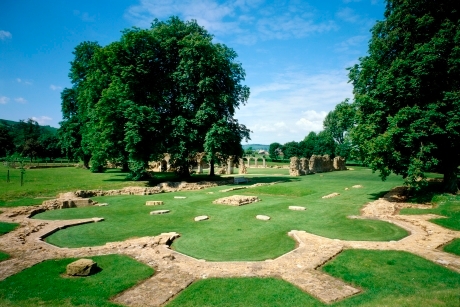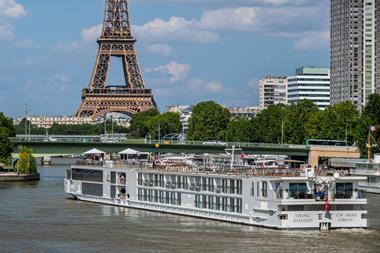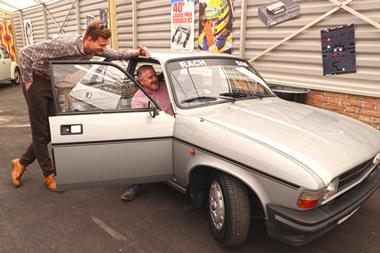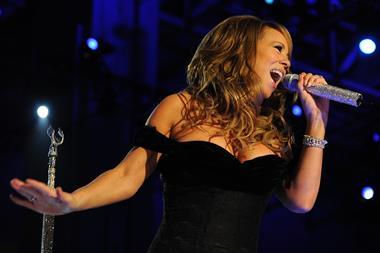
Cistercian Hailes Abbey in Gloucestershire will be given a new lease of life in time for next summer.
Improvements to the site include an update to the museum. Existing exhibits will be re-displayed and new artefacts will be added to the collection.
The cloister and its display of abbey artefacts will also be reimagined.
“Properly showcasing and explaining its exquisite stonework and other ancient artefacts will allow visitors to fully appreciate the significance of the abbey,” explained Gill Buttwell from English Heritage.
An audio tour will also be available at Hailes Abbey, through which groups can learn how the resident monks once lived, ate and slept at the site.
About Hailes Abbey
The abbey was originally built in the 13th century by Richard Earl of Cornwall – the second son of King John.
His reasons for founding the site was to thank god, after he survived a shipwreck.
The abbey became a centre of monastic life and developed into an important place of pilgrimage after a phial of holy blood, believed to be the blood of Christ, was brought to the site.
In the 16th century Henry VIII’s commissioners decalred the vial to be fake, and nothing but the blood from a duck.
The abbey was one of the last religious institutions to acquiesce following the Dissolution Act of 1536. The Abbot and his monks finally surrendered their abbey to Henry's commissioners on Christmas Eve 1539.
After the dissolution, the west range consisting of the abbot's own apartments was converted into a house and was home to the Tracy family in the seventeenth century. These buildings were later demolished and now all that remains are a few low arches in a meadow with outlines in the grass.
To find out more about Hailes Abbey visit www.english-heritage.org.uk.












